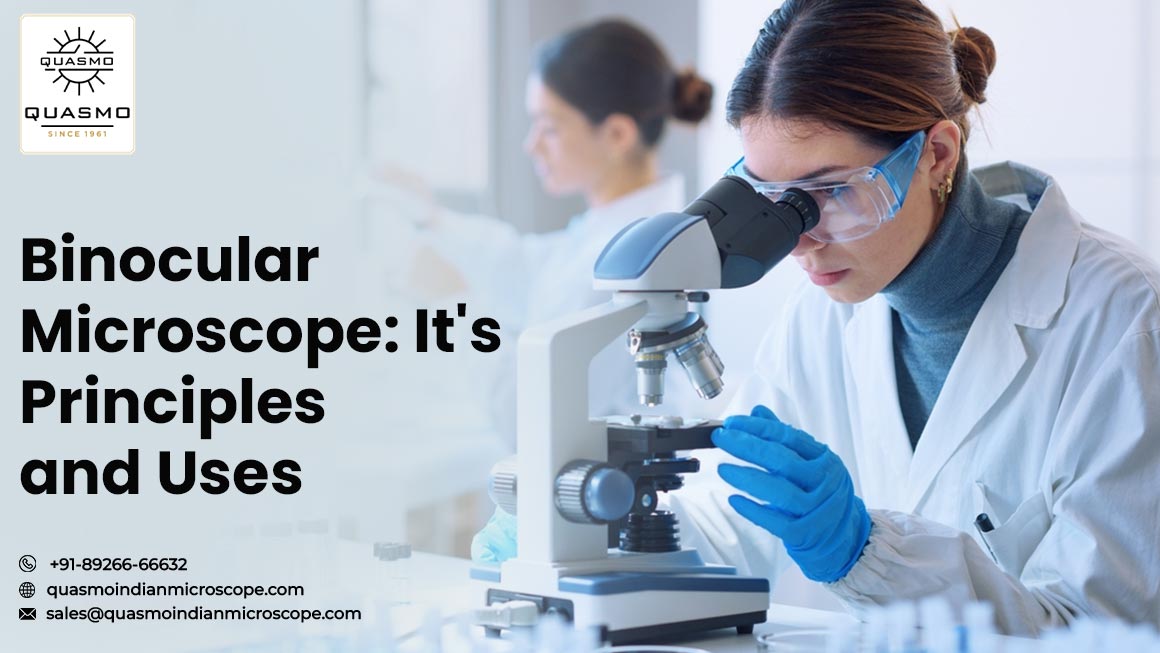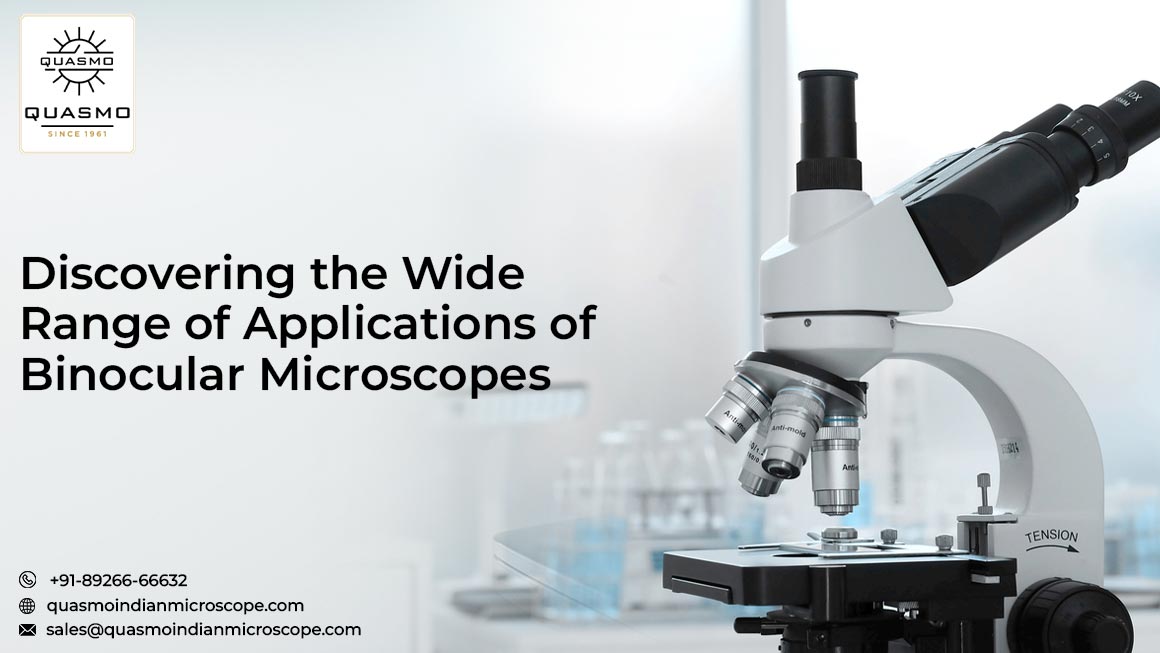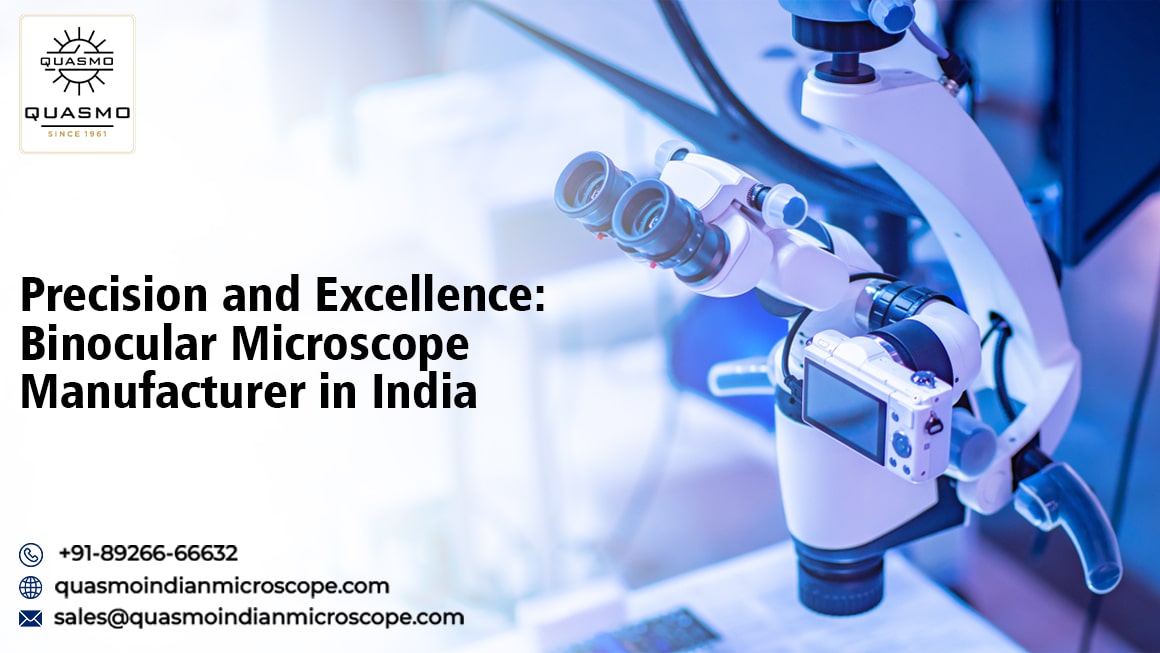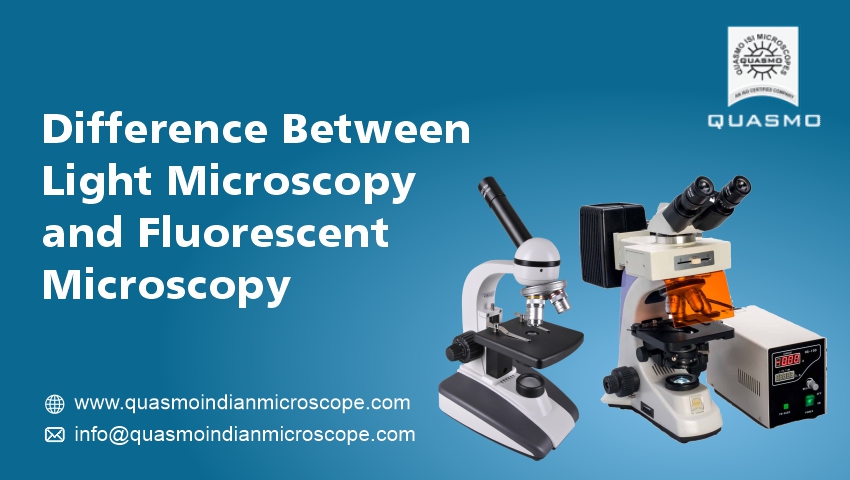
A binocular microscope is a powerful tool used to magnify tiny objects for detailed examination. Unlike a regular microscope with just one eyepiece, a binocular microscope has two eyepieces, providing a more comfortable viewing experience and reducing eye strain. It utilizes two separate optical paths for each eye, giving a three-dimensional view of the specimen. A lot of people use binocular telescopes for educational purposes, medical diagnosis, and scientific study. They come in various models with different magnification levels and features to suit different applications, making them versatile and indispensable instruments in many fields.
Exploring the Inner World: How a Binocular Microscope Works
- Objective Lenses: These are located beneath the stage and provide varying levels of magnification. Users can switch between different objective lenses to achieve different magnification levels.
- Stage: The platform where the specimen sits for observation. It often includes clips or a mechanical stage to securely hold the specimen in place and move it for viewing different areas.
- Light Source: Usually located beneath the stage, the light source illuminates the specimen for better visibility. Some microscopes feature adjustable brightness settings.
- Eyepieces: Positioned at the top of the microscope, the eyepieces allow users to view the magnified specimen.
- Binocular Head: This component houses the eyepieces and can be adjusted to accommodate different users’ interpupillary distances, ensuring a clear and comfortable view.
- Coarse and Fine Focus Knobs: These knobs allow users to precisely focus on the specimen. The coarse knob is used for initial focusing, while the fine knob enables finer adjustments for sharp images.
Principle of Working of a Binocular Microscope
A binocular microscope works on the principle of utilizing two separate optical paths for each eye. Light passes through the specimen and objective lenses, forming an enlarged image. The binocular head splits this image into two paths, each directed to one eyepiece. This dual-viewing system provides a three-dimensional perspective, enhancing depth perception and allowing for a comfortable and detailed examination of the specimen.
The Versatile Uses of a Binocular Microscope
- Scientific Research: Binocular microscopes are indispensable tools in scientific research, facilitating the study of cells, tissues, and microorganisms.
- Medical Diagnostics: They aid in medical diagnostics by allowing detailed examination of biological samples for diseases and abnormalities.
- Educational Purposes: Binocular microscopes are essential in classrooms and laboratories, enabling students to observe and learn about microscopic structures.
- Quality Control: Industries use binocular microscopes for quality control purposes, inspecting products for defects at a microscopic level.
- Forensic Analysis: They play a crucial role in forensic science, assisting in the examination of evidence such as hair, fibers, and blood samples.
- Entomology and Botany: Binocular microscopes are used in the fields of entomology and botany to study insects, plants, and their microscopic features.
Conclusion
As a leading binocular microscope manufacturer in India, Quasmo Indian Microscope is committed to excellence in quality and innovation. Our dedication to advancing scientific research, medical diagnostics, and education drives us to continuously improve our products. With state-of-the-art technology and a team of skilled professionals, we strive to provide cutting-edge solutions tailored to meet the diverse needs of our customers. Trust us for precision, reliability, and unparalleled performance in every microscope we offer.





